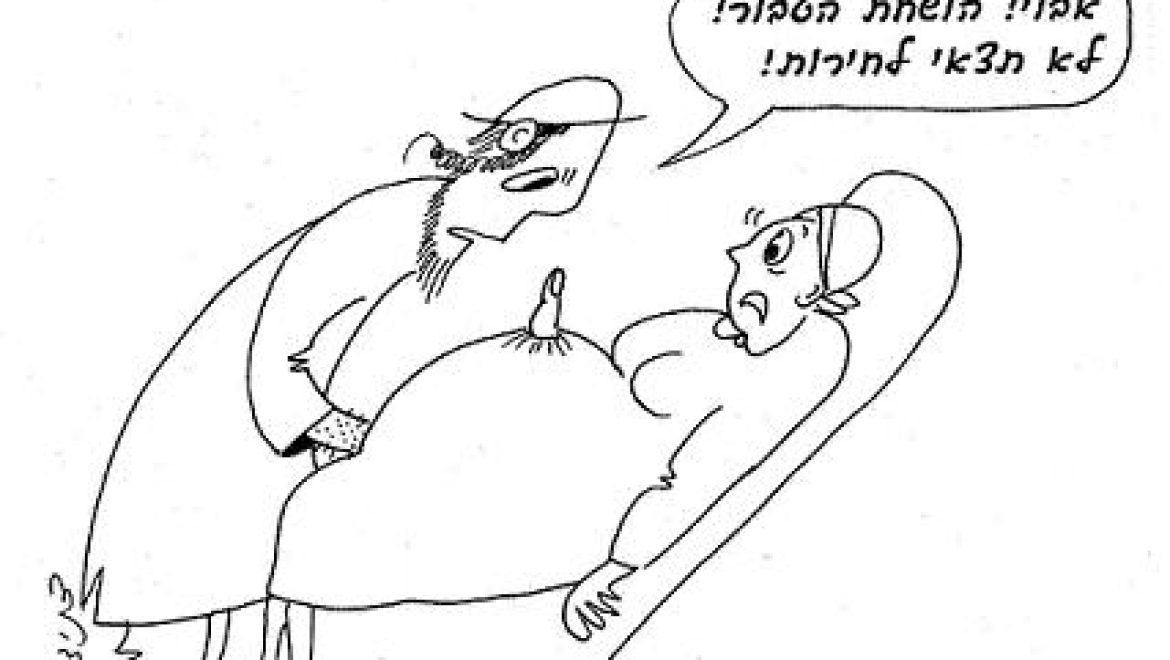
According to the laws of the Torah, if a master hits his gentile slave in the eye and puts it out, the slave goes free, for it is written: “If a man strikes the eye of his male or female servant and destroys it, he shall let him go free for the sake of his eye” (Exodus 21:26). The sages discussed and went into very specific detail about the freedom granted to the slave because of his master’s abuse. Thus, for example, they discussed what happens if a master hits his slave’s eye and only causes a reduction in sight, not total blindness. If this reduction in sight causes a loss of fitness for work the slave goes free, but if the reduction in sight is not severe and there was no loss of fitness for work the slave does not go free. The sages also discussed a situation in which the master is an ophthalmologist or dentist and treated his own slave; during the treatment the doctor put out the slave’s eye or extracted a tooth. According to one sage the slave goes free and according to another, Rabbi Shimon the son of Gamliel, the slave does not go free. What is the reason for their disagreement? They differ on the interpretation of the Scriptural verse “If a man strikes the eye of his male or female servant and destroys it.” Because it says “and destroys it” this means, argued Rabbi Shimon the son of Gamliel, that the master must mean to destroy the body part, but if he damaged it accidentally during a medical treatment the slave does not go free. The scholars asked: Rabbi Shimon the son of Gamliel’s interpretation of the words “and destroys it” is very logical, so how does the other sage explain the words “and destroys it“?
Answer: We learn, from the words “and destroys it,” of a case in which the master acts as midwife to his maidservant and introduces his hand into her womb to help her give birth, but blinds the fetus. In this case the fetus does not go free. What connection is there between the case of the master who is an eye doctor and this case, a master who acts as midwife?
The eye doctor deals with the eye, so even if he accidentally puts out the slave’s eye, the slave goes free. The master who acts as midwife deals with childbirth and not the eye, so if he puts out the infant’s eye the child does not go free.
The sages further ruled that if the slave is blind and the master removed his blind eye the slave goes free, for though the slave did not see, the master caused the loss of a limb when he removed the eye. The sages also ruled that if the slave has a congenital defect of extra limbs, like six fingers, and the master removes the extra, the slave goes free. One of the scholars, Rav Huna, added the restriction that the extra finger must be in line with the rest of the fingers, but if the extra finger is significantly bigger and sticks out of the row of fingers and the master cuts it off, the slave does not go free.
(Babylonian Talmud, Tractate Kiddushin 24b-25a)
